In the Pacific Northwest, pest activity slows down in the winter months…or does it? As temperatures drop and food becomes scarce, many insects and rodents must find ways to survive the cold months. In this blog post, we’ll take a look at some of the most common winter pests in the Pacific Northwest and what you can do to protect your home from these pesky invaders.
Rodents
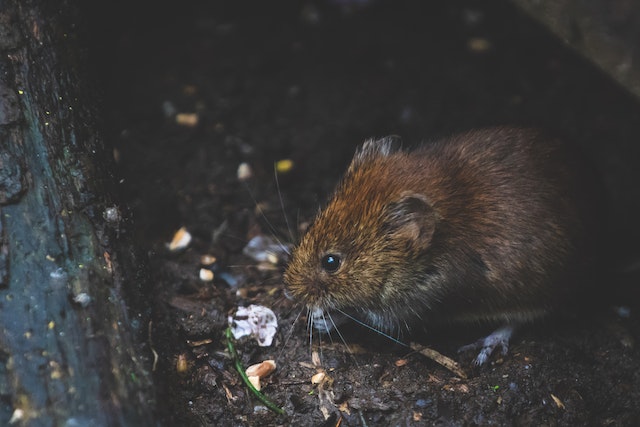
One of the most common winter pests in the Pacific Northwest is rodents. These small creatures are attracted to warm, cozy homes, and they can often be found nesting in attics, crawl spaces, and wall voids. In addition to being a nuisance, house mice can also carry diseases and cause damage to your home. To protect your home from house mice, be sure to seal up any entry points and remove any potential food sources. This includes cleaning up spilled food, storing food in sealed containers, and keeping your home clean and clutter-free.
Cluster Flies
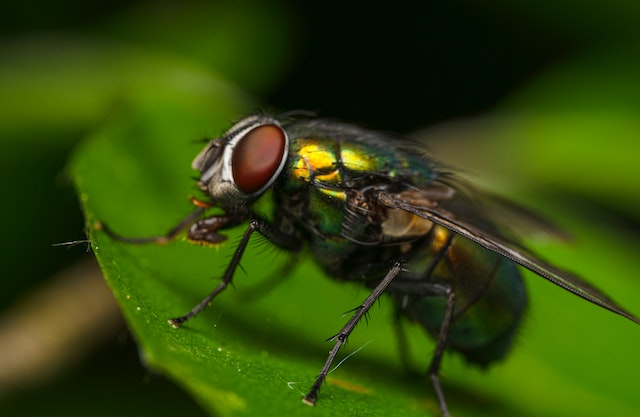
Another common winter pest in the Pacific Northwest is the cluster fly. These flies are typically found outdoors during the warmer months, but as the weather turns cold, they seek shelter in homes and other buildings. They can often be found clustered around windows, trying to get back outside. To prevent cluster flies from entering your home, be sure to seal up any gaps or cracks around windows and doors. You can also use fly strips or traps to catch and remove any cluster flies that do make it inside – or for an even more effective solution, vacuum clusters of these flies, both living and dead.
Carpenter Ants
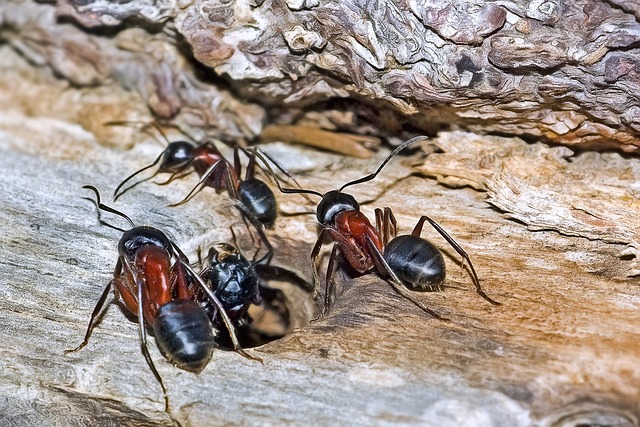
Carpenter ants are also a problem during the winter in the Pacific Northwest. These large ants are typically found in forests, but in the winter, they may seek shelter in homes and other buildings. Carpenter ants can cause significant damage to wood structures, and they are difficult to eradicate once they have infested a building. To prevent carpenter ants from entering your home, be sure to eliminate any sources of moisture, as these ants are attracted to damp wood. You can also use ant bait to kill and control carpenter ant populations.
Bed Bugs
In the winter, bed bug activity can slow down due to the lower temperatures, but they are still active and can continue to cause problems for homeowners because their behavior reflects human behavior. Because winter is a busy traveling season- especially around the holidays- it is common for bed bug infestations to increase in the wintertime. Bed bugs tend to stay within 2-5 ft of sleeping areas: anywhere people spend more than a couple of hours at a time like a bed, couch, or chair. They behave this way regardless of the temperature outside.
One way to prevent bed bug infestations in the winter is to regularly inspect your home for signs of these pests, such as small brown or reddish spots on sheets and mattresses. If you do find evidence of bed bugs, it’s important to act quickly to eliminate them, as they can reproduce quickly and infest an entire home in a short period of time.
Regularly washing bedding and clothing in hot water, vacuuming and dusting your home, and sealing any cracks or crevices where bed bugs may be able to hide can help you catch any bed bug issues before they become a serious problem.
Termites
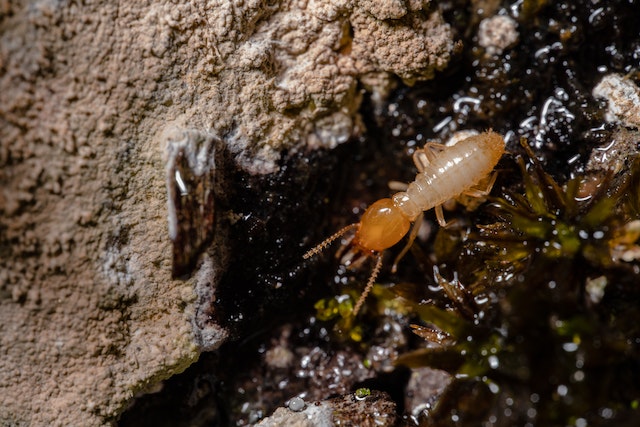
During the winter, termites will often seek out warm, sheltered areas of a home to establish their nests. This can include areas like basements, crawl spaces, and inside walls, where the temperature is more stable and the termites can access nearby wood for food. Once inside, termites can reproduce quickly and infest an entire home in a short period of time.
To prevent termite infestations in the winter, it’s important to keep your home in good repair and to seal any gaps or cracks in the walls and floors where termites may be able to enter. It’s also a good idea to reduce the amount of wood in contact with the ground around your home, as this can provide a convenient food source for pests.
Squirrels
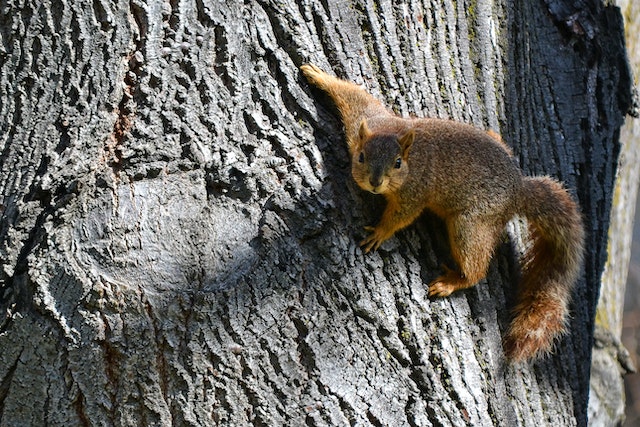
Squirrels can sometimes cause problems for PNW homeowners, especially during the winter months. One common issue is that squirrels may chew on trees, buildings, and other structures in search of food or in an attempt to sharpen their teeth. This can cause significant damage and may require costly repairs.
Another problem with squirrels in the winter is that they may enter buildings in search of warmth and shelter. Once inside, squirrels can cause damage to insulation, wiring, and other structural components, and they can also leave droppings and other debris behind. In some cases, squirrels may also become trapped inside buildings, which can be stressful for the animals and may require intervention from a wildlife professional.
Raccoons
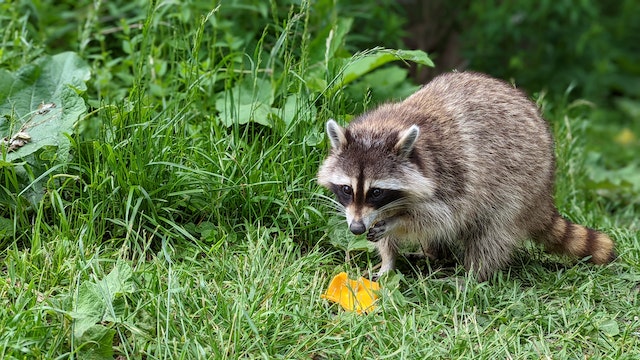
Raccoons are often a headache for homeowners: they raid trash cans and other outdoor sources of food, which can create a mess and attract other pests. Raccoons also frequently cause damage to gardens, fruit trees, and other plants in search of food.
When winter rolls around, raccoons often try to enter buildings in search of warmth and shelter. Once inside, raccoons can cause damage to insulation and wiring, and they can also leave droppings and other debris behind. In some cases, raccoons may also become trapped inside buildings, which can be stressful for the animals and may require intervention from a wildlife professional.
Boxelder Bugs
Boxelder bugs will often seek out warm, sheltered areas to overwinter, or survive the cold months. This can include areas like attics, behind siding, and around windows where the temperature is more stable and the bugs can remain inactive until the weather warms up again in the spring.
While boxelder bugs are not known to cause significant damage to buildings or plants, they can be a nuisance for homeowners. In large numbers, they can be difficult to control– though vacuuming or otherwise eliminating existing populations is an effective method of control. They may stain walls and other surfaces with their excrement, and may also emit a bad odor when disturbed.
Fleas and Ticks
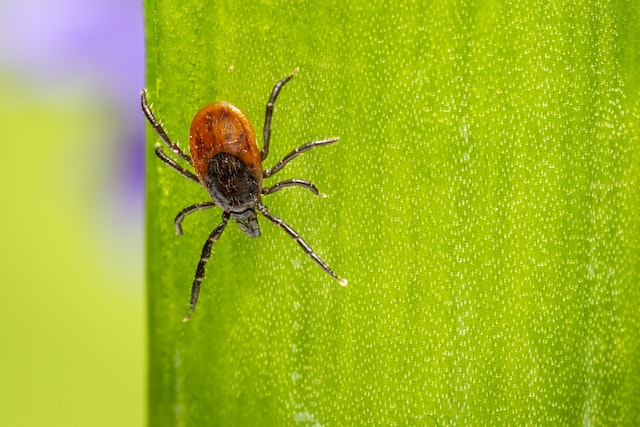
Ticks are parasites that feed on the blood of animals, and they are most commonly found in outdoor environments, where they can attach to animals or humans that pass by. In the winter, ticks may become less active and may go into a dormant state, but they can still be a problem if they find their way into a warm, sheltered environment – like your home.
Fleas are also parasites that feed on the blood of animals, and they are commonly found on pets. Like ticks, fleas may become less active in the winter, but they can still be a problem if they find their way into a warm, sheltered environment. Fleas can reproduce quickly, and a small infestation can quickly become a larger problem if not addressed.
To prevent ticks and fleas from becoming a problem in the winter, it’s important to take steps to prevent infestations. This can include regular grooming and cleaning of your pets, and the use of flea and tick prevention products, such as collars, sprays, and spot-on treatments. It’s also a good idea to regularly inspect your home for signs of these pests and to take steps to eliminate them if they are found.
Preventing Pests in the Winter
To prevent pests from becoming a problem in the winter, it’s important to take steps to make your home and property less attractive to these pests. Here are some tips to help you prevent winter pest infestations:
- Seal gaps and cracks in the walls, windows, and doors of your home. This will help to prevent pests from entering your home, and will also help to keep your home warm and energy-efficient.
- Keep your home clean and well-maintained. Pests are attracted to food and other sources of nourishment, so it’s important to store food in sealed containers and to dispose of trash regularly.
- Remove any sources of standing water from your property. Pests like ticks, ants, termites, and rats are attracted to standing water, so it’s important to eliminate any sources of standing water, such as clogged gutters or old tires.
- Keep your pets clean and well-groomed. Pests, such as fleas and ticks, are often found on pets, so it’s important to regularly groom and clean your pets to prevent infestations.
- Use pest control products as needed. If you do find pests in your home, there are several methods you can use to eliminate them, including traps, baits, and insecticides. It’s also a good idea to contact a pest control professional for assistance in getting rid of a large infestation.
At Interstate Pest Management, we offer a number of pest prevention services that will help protect your home from pests in the precarious winter and beyond.
Learn more about our specific year-round pest control solutions here.
Have a specific winter pest problem that can’t wait? Get in touch with us here or call us at (503)-832-4997